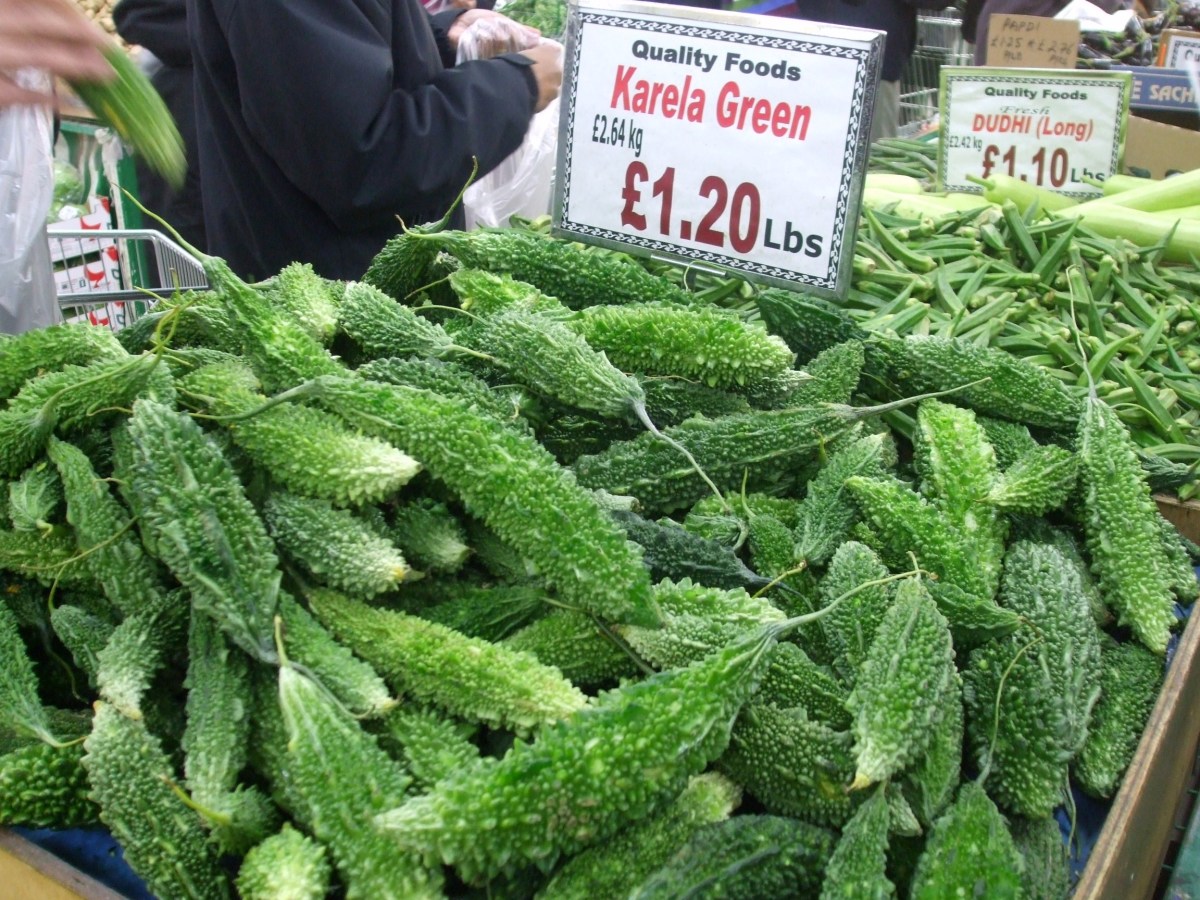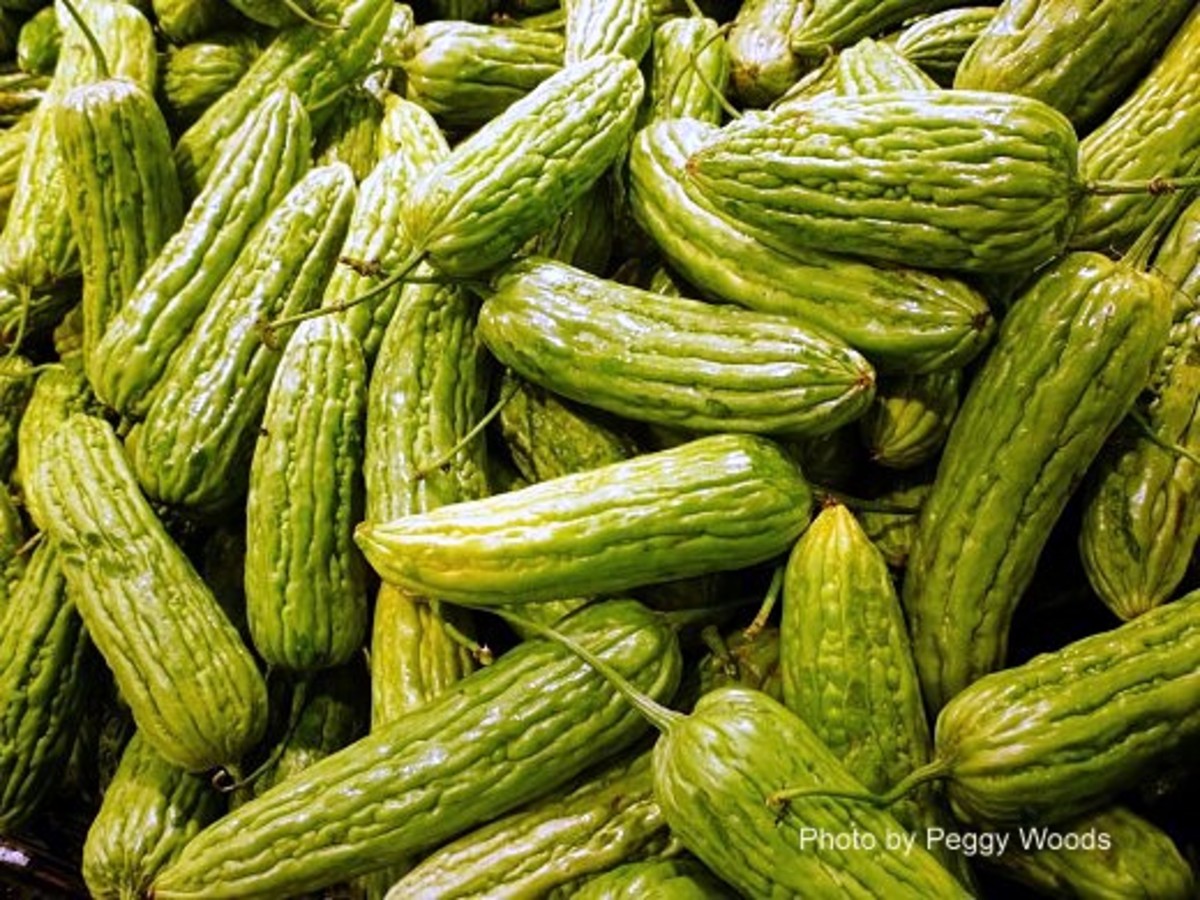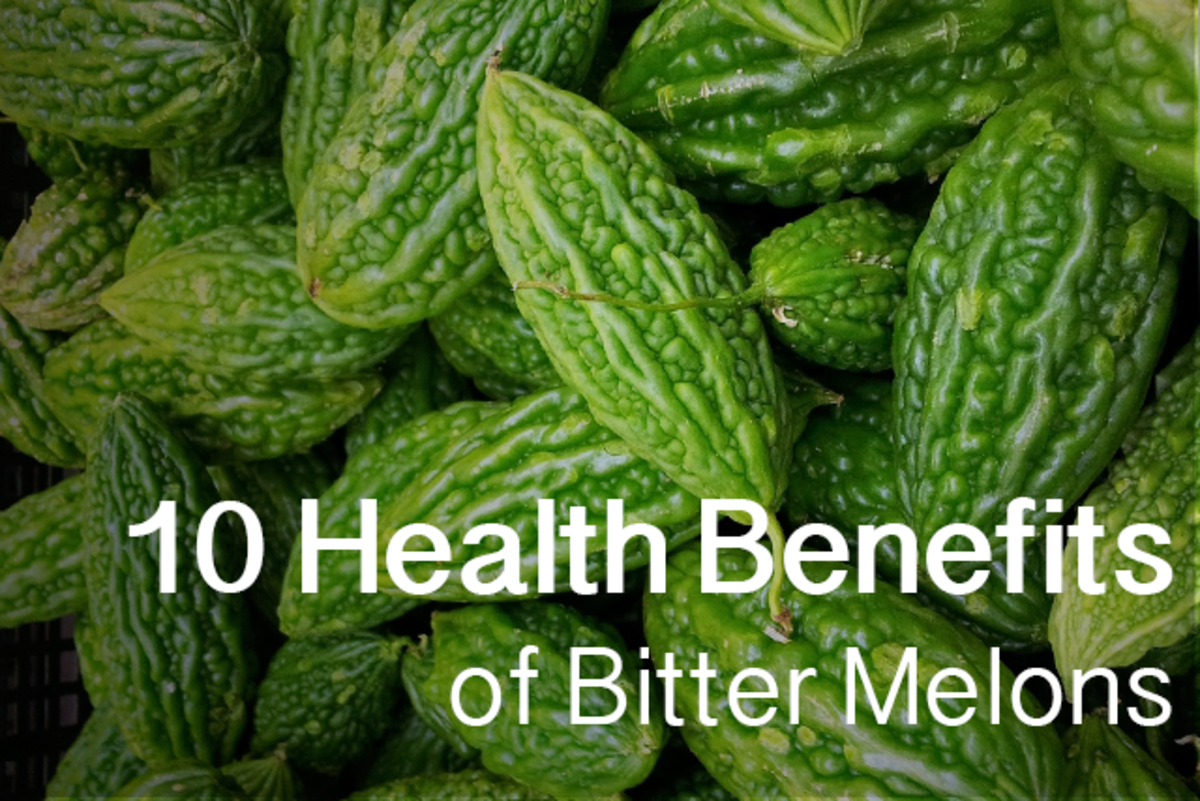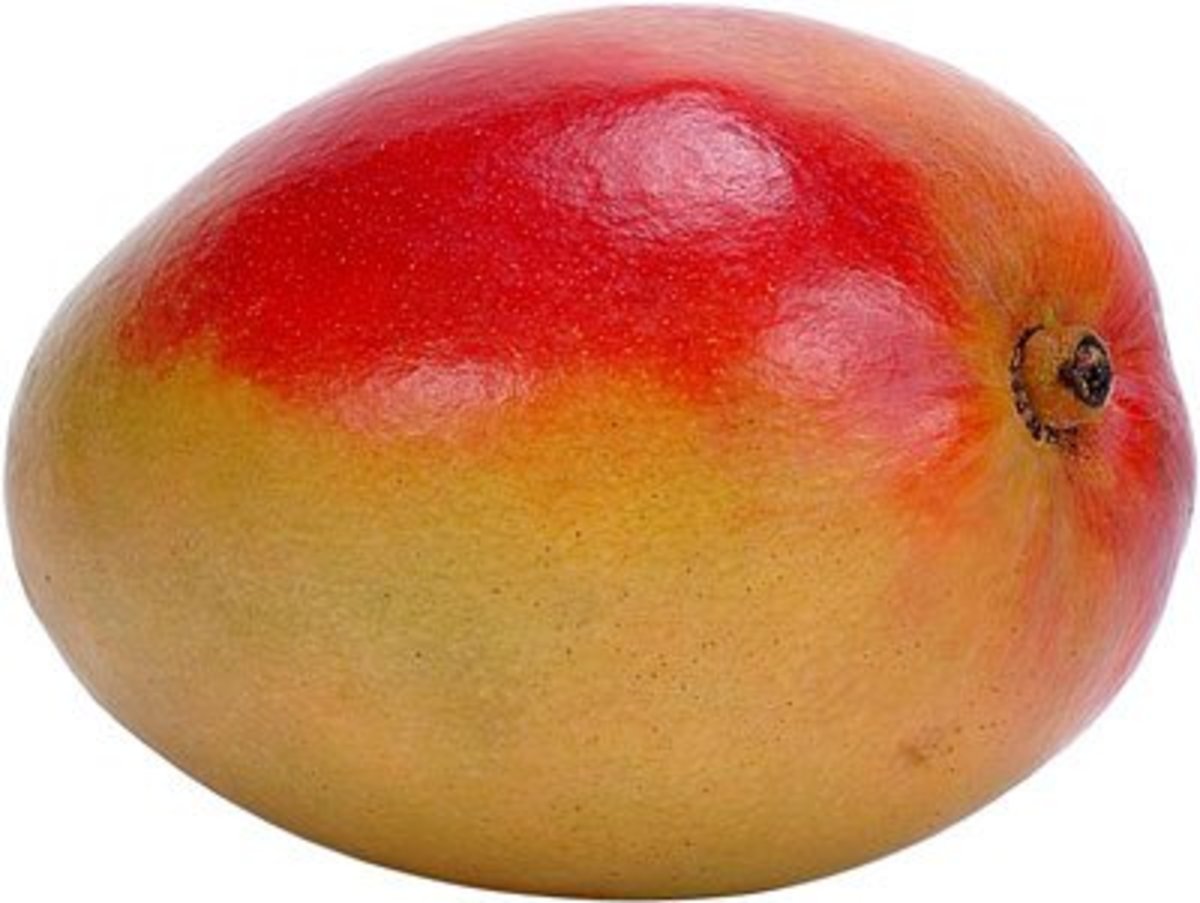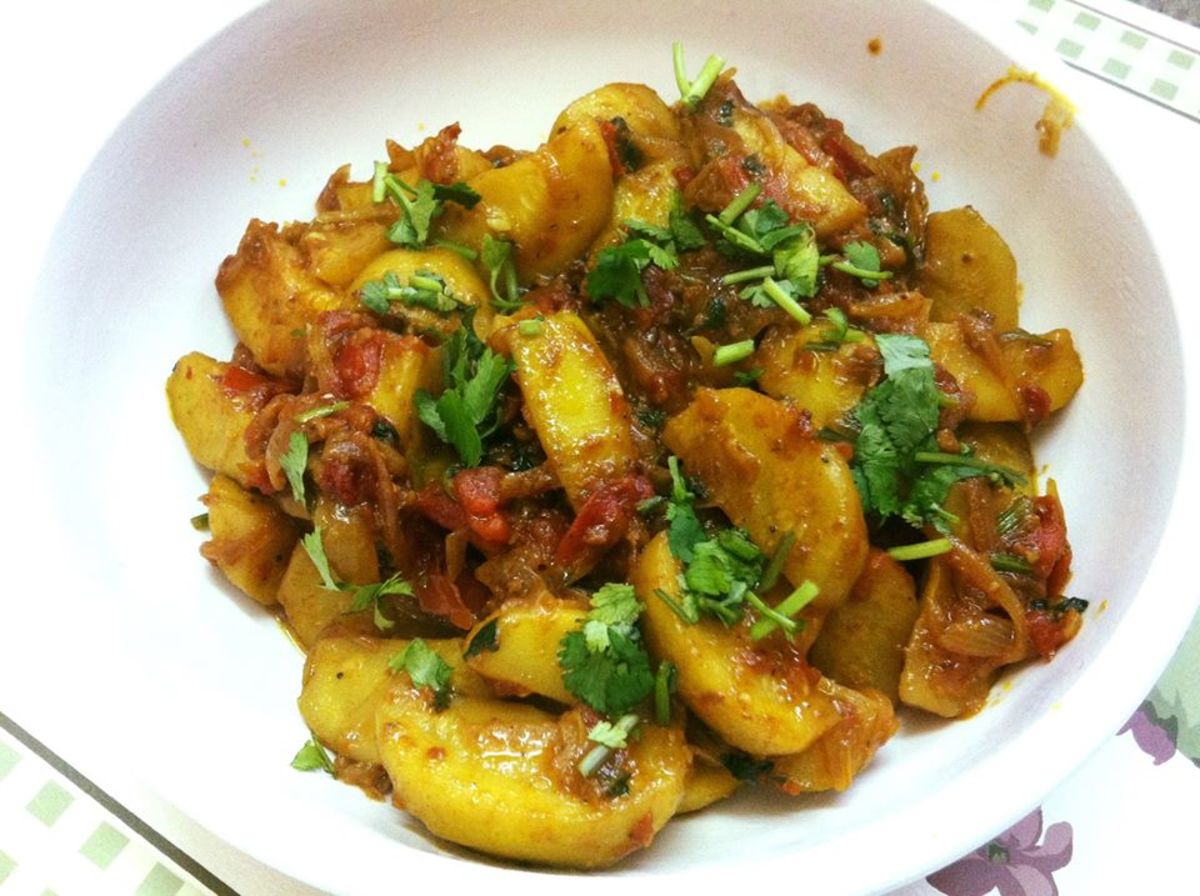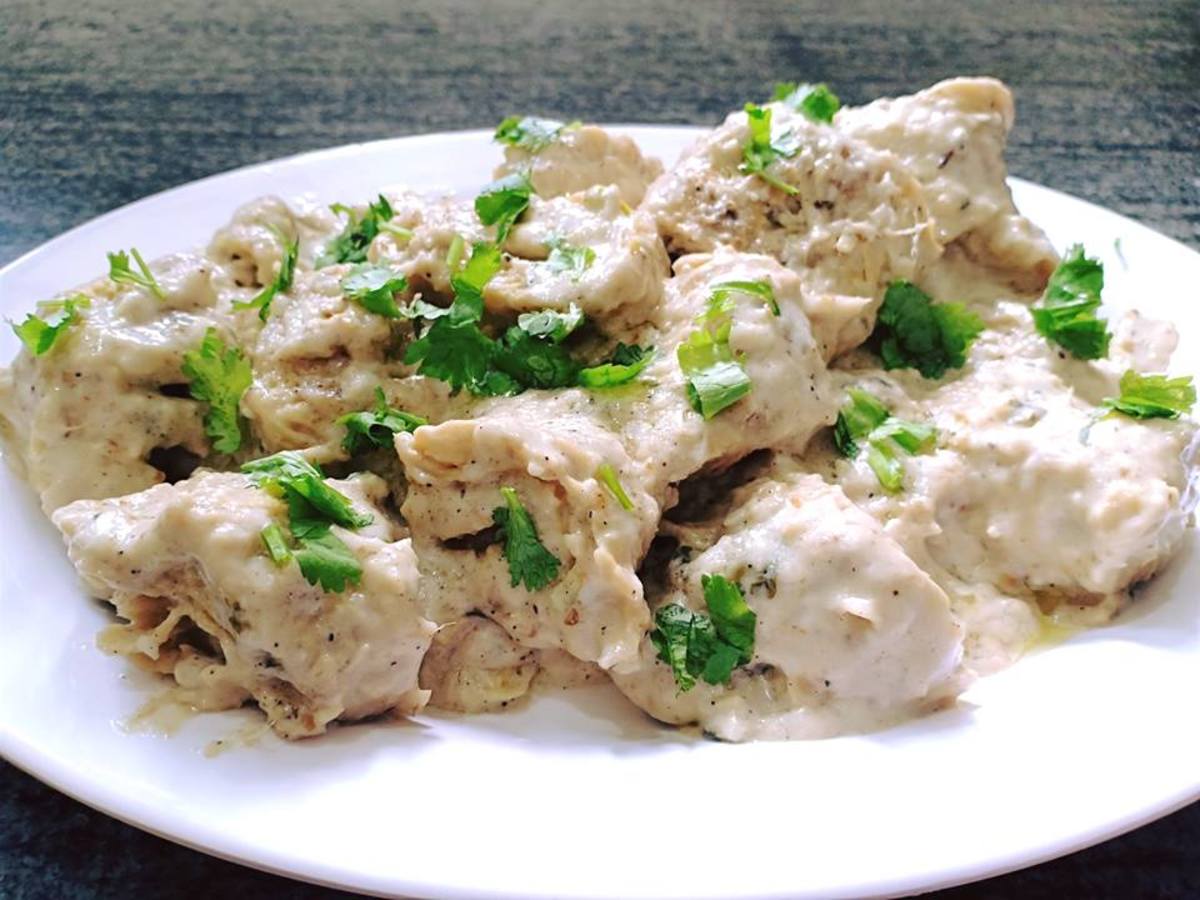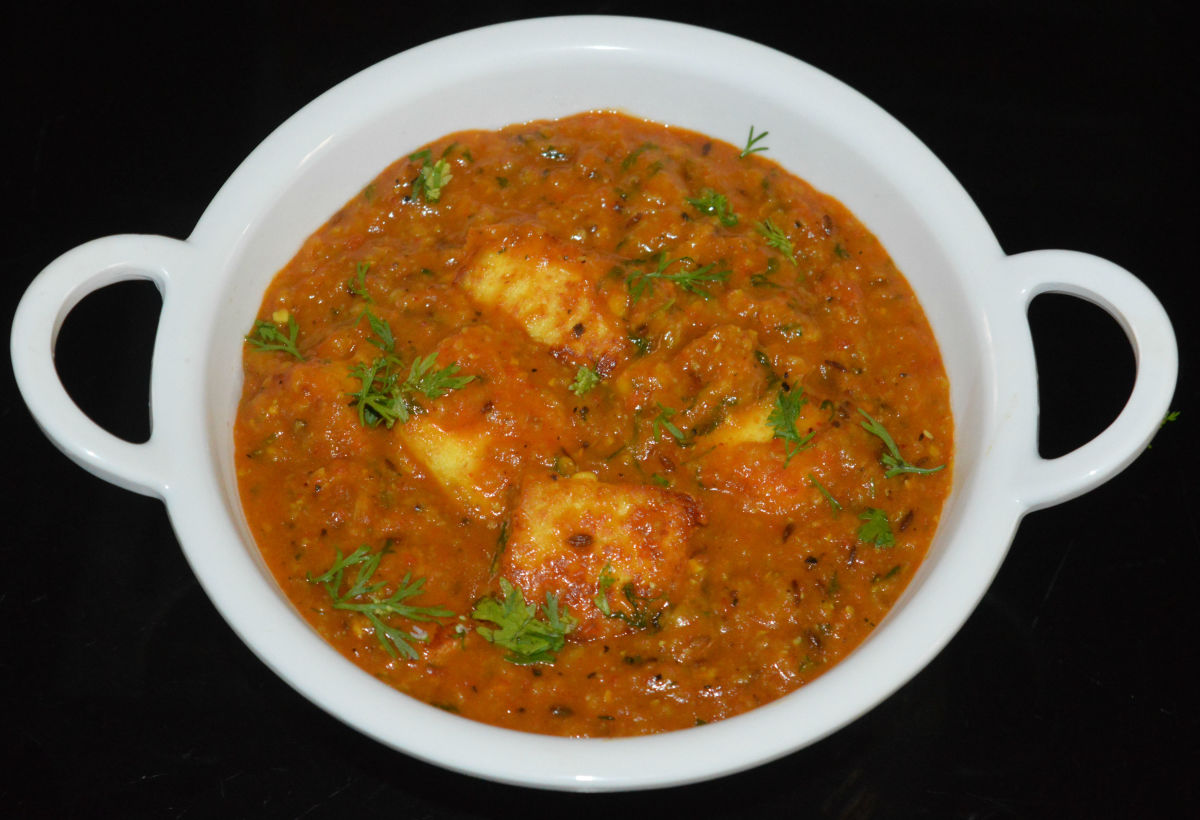Prepare delicious bitter melon dishes
I've always loved eating bitter melon (also known as bitter gourd, and ampalaya in my country) since I was young. It had never occurred to me then that most people hated its bitter taste.
Perhaps, my mom prepared this highly nutritious vegetable so carefully that her young children loved them. As the eldest of a brood of six, and the only girl for at least 12 years, I was assigned to help out in the kitchen, where my second brother and I learned quite a few culinary tricks.
I know of a few bitter melon dishes which we would have as a vegetable or salad, which I will share with you at the end of this hub.
Momi and the maid maintained several live healthy vines of ampalaya decorating a portion of the wall in our back yard. Every now and then, we would pluck a firm fruit or two to bring to the kitchen for lunch or dinner. With practice, I learned to choose the raw (definitely unripe) green firm fruit which always turned out crispy both for the cooked dish and the fresh salad.

Also known as. . .
I did some research on the various names of the bitter melon, which I have always known as ampalaya. Here are a few other names that may be more familiar to you:
- African cucumber
- balsam pear
- bitter apple
- bitter gourd
- bitter pear melon
- cindeamor
- carilla plant
- concombre African
- karela (Korea)
- ku gua (China)
- kuguzai (China)
- margose
- wild cucumber
- ampalaya (Philippines)
Bitter melon is a tropical fruit (not a vegetable) that resembles a bumpy cucumber in physical appearance, and is commonly sold in the markets in the Philippines and China.
Its botanical name is momordica charantia, and is a member of the Cucumber family. It is a relative of the Chinese Cucumber (Tricosanthes kirilowii).
The bitter melon has helped keep my family healthy
When I started building my own family, and became concerned about health issues, I appreciated my mom for introducing us to this unusually welcome fruit, in our early years.
Turns out that the bitter melon is now proven to inhibit the progress of several harmful cells in the body, particularly:
- the progression of some forms of cancer*, and is proven beneficial in the tratment of leukemia
- inhibits several viruses** from wreaking further havoc on the body, and is particularly beneficial in cases of HIV, herpes simplex, herpes zoster, and polio
The bitter melon stimulates appetite, lowers elevated blood sugar (glucose) levels, and alleviates diabetes mellitus.
Further, the bitter melon may be beneficial for the treatment of psoriasis, a chronic skin disease.
Unripened bitter melon contains Polypeptide-P which is chemically similar to and can substitute for insulin. The fruit is also known to stimulate the release of endogenous insulin.

Preparing bitter melon to eat
The raw unripe bitter melon is its most nutritious stage. This fruit is firm and dark green in color. When you notice any yellow portions, it's probably ripening already. Also when you slice the fruit open, the pulp should be white and the seeds only yellowish white (not yellow or red). Please note that I am referring here to the Philippine variety, and am not sure of the color differences in other varieties.
To prepare bitter melon for eating, simply;
- wash the whole fruit in clean water, removing any dirt and grime. When picked straight from your own garden, a simple wash is all that's necessary.
- cut off both ends
- cut the fruit in half lengthwise.
- spoon off the pulp and seeds
- slice the halves diagonally into pieces of 1/3 to 1/2 cm wide. For salads, you may want to slice the pieces more thinly, 1/5 of a centimeter if you can.
Some people prefer to add some salt at this point, and mash the pieces to "remove the bitter substances" and the nutritious substances as well (sigh), then wash the pieces again in water.
I personally would rather keep all the substances and the crispness of the ampalaya intact. The trick to prevent the bitter taste of the ampalaya from being release while cooking or preparing a salad is: PUT THE BITTER MELON or AMAPALAYA IN AS THE LAST INGREDIENT, and DO NOT TO STIR THE POT.
Simple nutritious bitter melon recipes
AMPALAYA SALAD
1 whole bitter melon, cleaned and sliced
1 medium onion, sliced thinly
1 medium tomato, sliced (if desired)
1 tsp olive oil
1/2 cup coconut vinegar (balsamic vinegar may also be used)
a pinch of sugar to balance the tang of the vinegar
salt and pepper to taste
Mix the vinegar, olive oil, salt and pepper in a bowl. Taste the mixture, and add a pinch of sugar if desired.
Arrange the onion, tomato and bitter melon on a shallow salad serving dish. Pour the mixture over, and serve. DO NOT STIR.
SAUTEEED AMPALAYA with EGG
1 whole bitter melon/ampalaya, prepared and sliced as above
1 medium onion, diced
1 pc egg, raw scrambled
2-3 pieces of garlic, pounded (remove skin)
1 tbsp cooking oil
salt and pepper to taste
Heat cooking oil in a wok. Sauté garlic and onion together. When garlic is slightly brown, and onions are transparent, add the bitter melon slices. Dash with salt and pepper. Let simmer for 3 minutes. Pour in scrabbled raw egg. Let simmer for another minute. DO NOT STIR.
Pour onto a serving dish. Serve hot.


